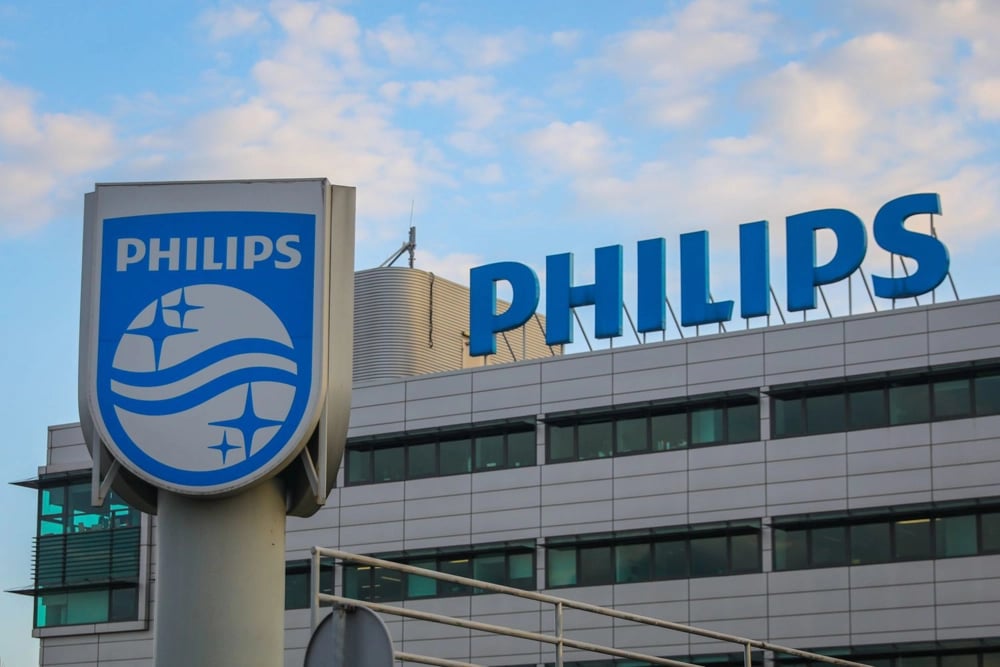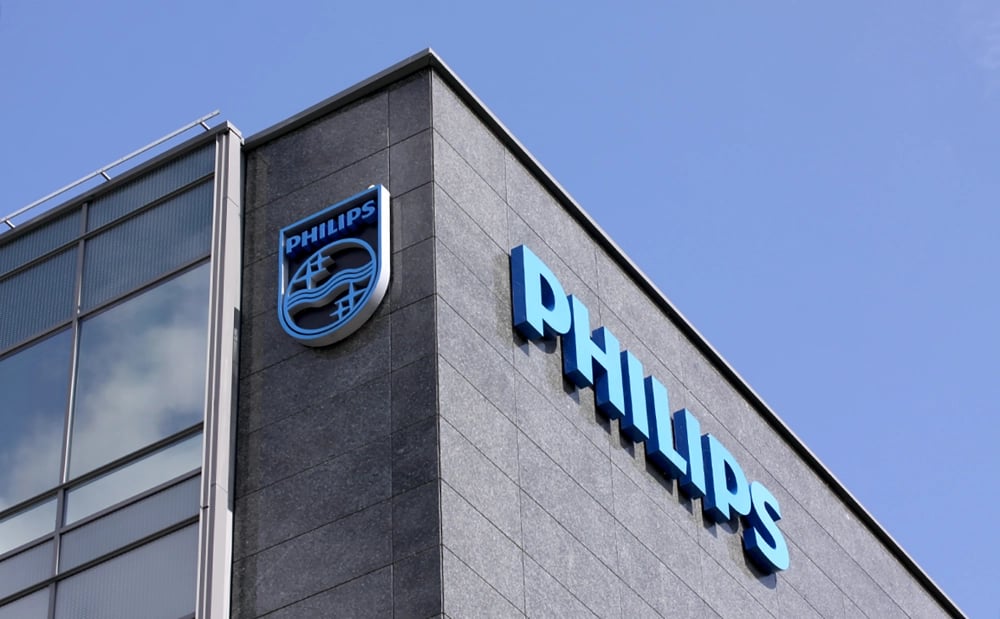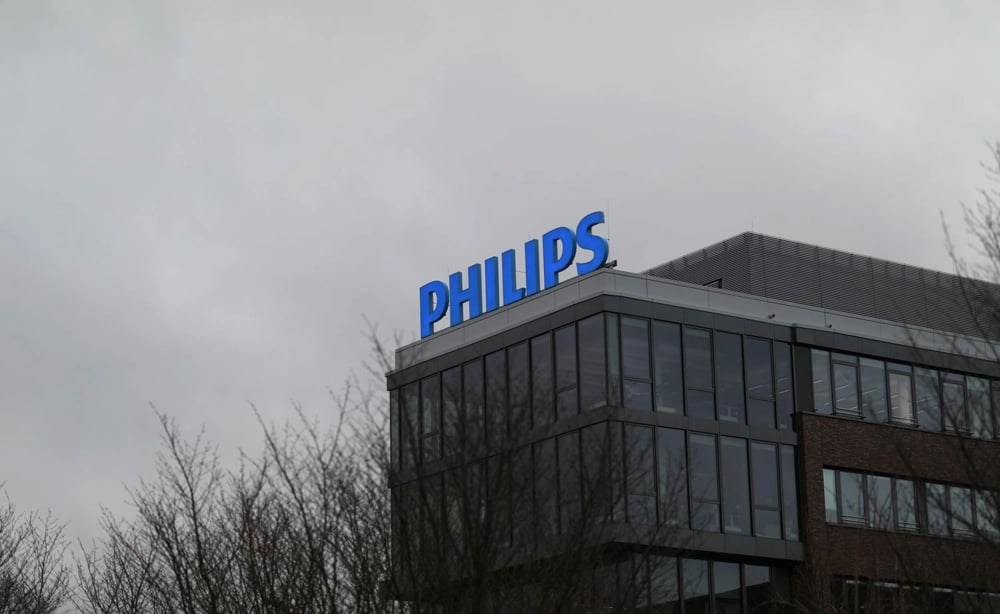
Philips' adjustment in profit forecasts highlights the growing challenges in the global trade landscape.
Tough break for Philips, but navigating trade barriers is no easy feat!

Dutch company Philips NV $PHG, a leading player in the medical technology market, recently announced a reduction in its profitability forecast for the current year. The new estimate anticipates that the adjusted operating margin will range from 10.8% to 11.3%. This decrease of 100 basis points is attributed to heightened costs associated with navigating increasingly complex trade barriers.
One of the primary reasons for the forecast adjustment is the growing trade barriers present on the global stage. This is particularly evident in the rising tariffs and trade policies between major economies such as China and the United States. Furthermore, Philips NV noted an anticipated net tariff impact of up to €300 million ($340 million), which directly affects the company's operational expenses.
Impact of Tariffs on Profitability
Increased Costs: Rising tariffs lead to higher expenses for production and importation of components essential for medical devices.
Market Challenges: The unpredictability of tariff policies creates uncertainty for both the company and its investors.
CEO Roy Jacobs emphasized these factors while discussing the company's current situation.

The new operating profitability forecast contains several key elements:
The expected adjusted margin will be between 10.8% and 11.3%;
The forecast is down by 100 basis points;
The anticipated net tariff effect reaches up to €300 million ($340 million);
The adjustment does not consider any potential broader economic consequences.
These insights demonstrate a cautious approach from the company in light of uncertainty.
According to Roy Jacobs, Philips NV plans to increase production capacity in the United States as a response to the rising trade barriers. This initiative could offer several advantages for the company.
Benefits of Increasing Production in the U.S.
Cost Reduction: Local production will significantly lower expenses related to imports.
Agility to Market Changes: Proximity to key markets allows for quicker responses to consumer demand.
Resilience Against Market Fluctuations: Localizing production enhances resilience against external economic influences.
This strategy may assist the company in minimizing risks and adapting to new market conditions while ensuring stability in operating profit.

The downgrade in Philips NV's profitability forecast serves as a response to the current challenges posed by increasing trade barriers and rising costs. The company demonstrates a willingness to adapt to changing circumstances through its strategy of bolstering local production in the United States. This decision may prove pivotal for the company’s long-term competitiveness on the global stage. As the situation evolves, it will be interesting to observe how Royal Philips NV addresses these new challenges and how successful their adaptation strategy will be.